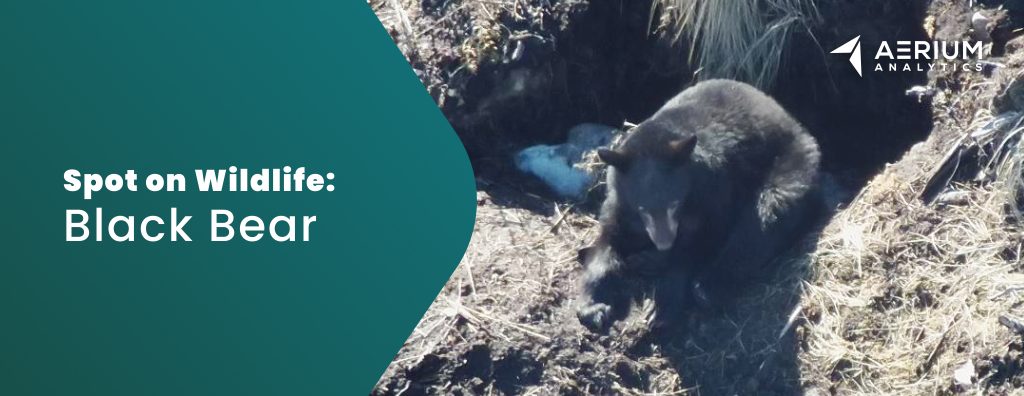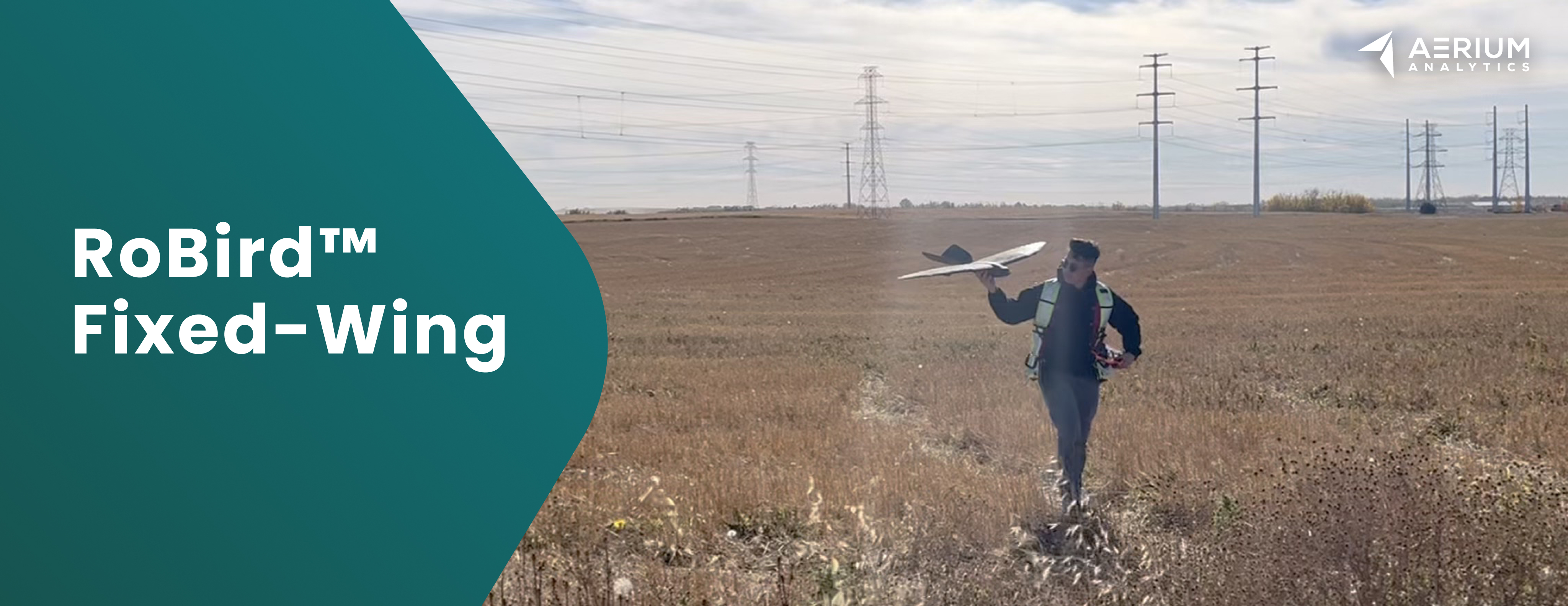
Spot on wildlife: American Black Bear
In our ongoing series highlighting the remarkable wildlife encountered during our drone-assisted surveys, this time we turn our focus to the American black bear (Ursus americanus).
These adaptable mammals are integral to Canada’s ecosystems, and understanding their behaviors and habitats underscores the importance of conservation efforts. Our innovative drone technology has revolutionized wildlife monitoring, offering new perspectives on species like the black bear.
The Versatile Forager
Black bears are the most widely distributed bear species in North America, inhabiting every Canadian province and territory except Prince Edward Island. They thrive in diverse environments, from dense forests and mountainous regions to swampy areas. Despite their name, black bears exhibit a variety of fur colours, including brown, cinnamon, and even the rare white variant known as the Kermode or “Spirit Bear,” found primarily in British Columbia.
SOURCE: https://wildsafebc.com/species/black-bear/
Habitat and Foraging Behavior
Black bears are omnivorous and opportunistic feeders, with vegetation comprising approximately 80% of their diet. They consume a wide array of foods, including grasses, roots, berries, insects, fish, and small mammals. In coastal regions, they have been observed feeding on crustaceans during low tide. Their keen sense of smell aids them in locating food over great distances. Black bears are also adept climbers, often ascending trees to escape predators, find food, or rest.
SOURCE: https://www.tourguidecanada.com/american-black-bear
Reproduction and Lifespan
Black bears are generally solitary animals, with males and females coming together only during the mating season in June. After a gestation period that includes delayed implantation, females give birth to one to three cubs in February while still in hibernation. The cubs remain with their mother for about 18 months, learning essential survival skills before venturing out on their own. In the wild, black bears can live up to 20 years, though many do not reach this age due to various factors, including human-related incidents. SOURCE: Ontario Parks BlogCanadian Geographic Magazine
Role in the Ecosystem
Black bears play a crucial role in maintaining healthy ecosystems. As seed dispersers, they contribute to forest regeneration by consuming fruits and berries and excreting the seeds over wide areas. Their foraging behaviors also help control insect populations and promote nutrient cycling within their habitats.
Conservation Status and Challenges
While black bears are not currently listed as a species at risk in Canada, they face several challenges. Habitat loss due to urban expansion and deforestation poses significant threats. Additionally, their opportunistic feeding habits can lead them into human settlements, resulting in conflicts that are often detrimental to the bears.
SOURCE: https://canadiangeographic.ca/articles/11-amazing-facts-about-canadas-bear-species
Drones Transforming Wildlife Management
Wildlife management plays a critical role in forestry, agriculture, energy and aviation—ensuring safety, protecting assets, and preserving ecosystems.
Traditional monitoring can be time-consuming, but drones are changing the game by providing faster, more accurate data.
- In forestry, drones streamline wildlife surveys, reducing inspection times while helping detect habitats and prevent human-wildlife conflicts.
- In agriculture, they assist in monitoring crops, detecting pests early, and preventing wildlife-related damage. For aviation, drones enhance airfield safety by identifying and tracking wildlife activity, allowing for timely interventions to mitigate risks.
- In the energy sector, drones play a crucial role in monitoring wildlife near power infrastructure, such as wind farms and transmission lines. By conducting aerial surveys, they help detect at-risk species, assess habitat impact, and support compliance with environmental regulations—ensuring safer and more sustainable operations.
Innovating for a Balanced Ecosystem
Understanding and protecting such species is vital for preserving biodiversity and maintaining ecological balance. Through innovative drone technology, we are proud to contribute to wildlife management efforts, offering efficient, safe, and effective solutions that support both environmental conservation and industry needs.

